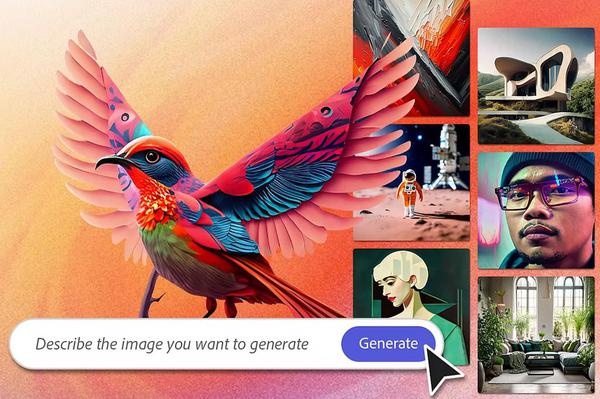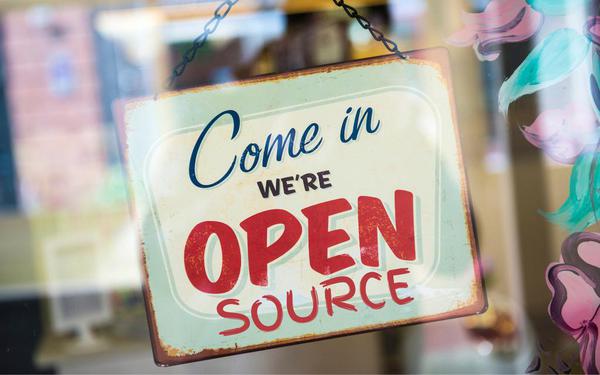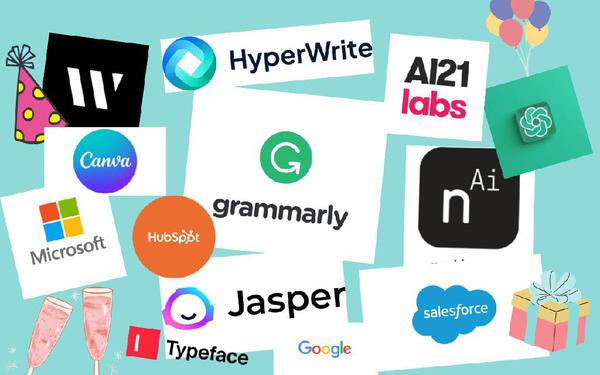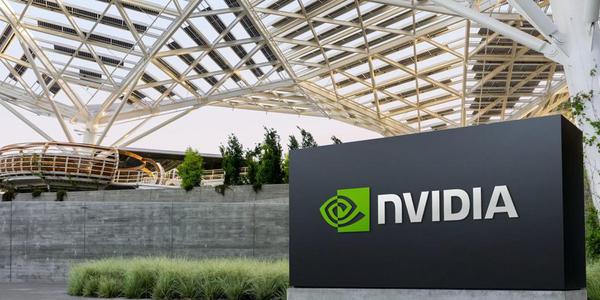
Nvidia became a $1 trillion company thanks to AI. Look inside its lavish ‘Star Trek’-inspired HQ | The AI Beat
Over a million square feet across two massive steel and glass structures. Hundreds of conference rooms named after Star Trek places, alien races and starships, as well as astronomical objects — planets, constellations and galaxies. Acres of greenery and elevated “birds’ nests” where people can work and meet. A bar called “Shannon’s” with a panoramic view and plenty of table space for board games.
This is the nearly $1 billion headquarters of Nvidia in Santa Clara, California — located on a patc
This is the nearly $1 billion headquarters of Nvidia in Santa Clara, California — located on a patc










